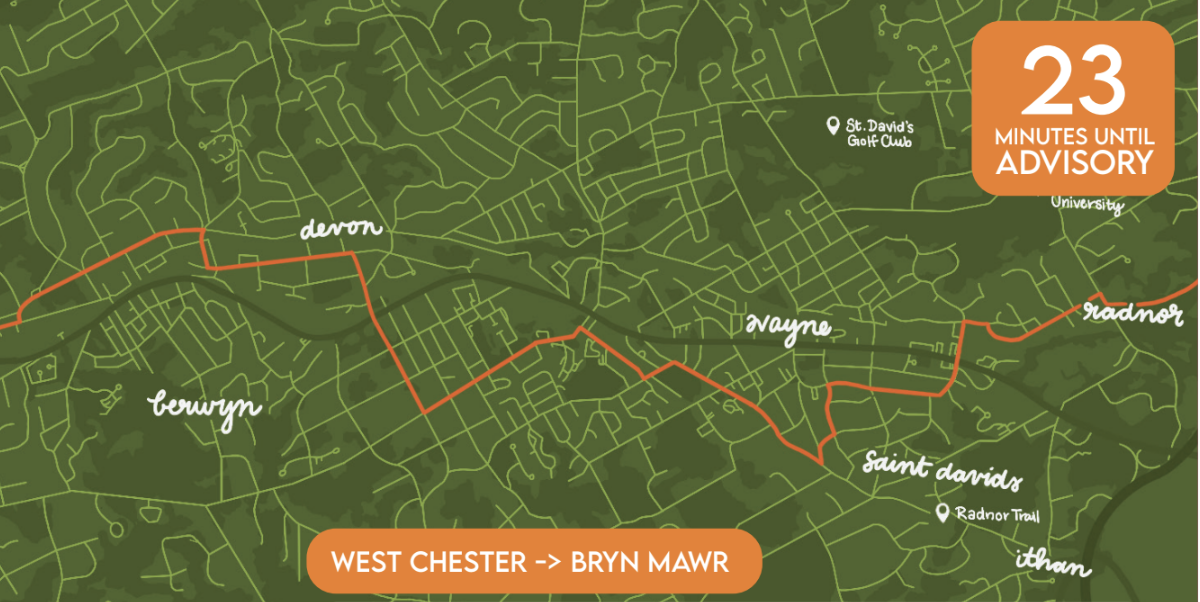Cyborg Cockroaches: How Icky Insects Can Go from Zero to Hero
Japanese researchers created the mechanized bug to find victims of natural disasters.
Consider Hal the Cockroach, the unsung hero in Wall-E, who navigates through rubble with unparalleled speed and agility like a skittering knight in shining armor. Now replace Hal with a cyborg cockroach, and you get the disaster relief technology recently developed by researchers at Riken Laboratory in Japan.
According to Our World in Data, natural disasters kill nearly 45,000 people each year, but sending first-responders into unstable buildings is dangerous. In order to aid these first-responders, scientists at Riken Lab engineered durable, remote-controlled cockroaches that are nimble enough to fit through narrow crevices and see what humans cannot.
Each cyborg roach costs less than one thousand yen (only $10 USD) and is projected to cost even less when manufactured in bulk. They’re far more cost and time-efficient than drones or satellites, and they only take a few hours to make.
With this new innovation, a cockroach is first fitted with technology powered by a solar cell that controls its muscles. The cell is extremely thin, light, and flexible to accommodate the cockroach’s movements. Riken Lab succeeded in shrinking the photon-absorbing layers in their solar cell into a film approximately 4 µm thick. That’s thinner than human hair!
The researchers tested the remote control by signaling the cyborg cockroaches to go right or left, and the results were promising as they headed in that general direction. However, a few milliseconds of delay prevented them from turning with precision.
Using insects is much more efficient than a miniature robot because they already have the energy to move. The roaches’ energy efficiency is 18.2% (solar panels have 20% efficiency) but they are still unreliable in a disaster site.
Dr. Kenjiro Fukuda, a senior researcher at Riken Lab, said, Fukuda said they strive to “engineer the solar cell to be as thin and flexible as possible while still maintaining energy efficiency.”
However, it will be a while before we see these cyborg roaches in action. In a translated interview, Dr. Fukuda said, “As much as we want to make use of this as soon as possible, we must first address the lack of control and energy efficiency.”
Though it may take years before their cockroaches reach Hal’s level, Riken Lab hopes to continue its research. So, no matter how gross you find cockroaches, don’t shriek—one just might save your life.
































